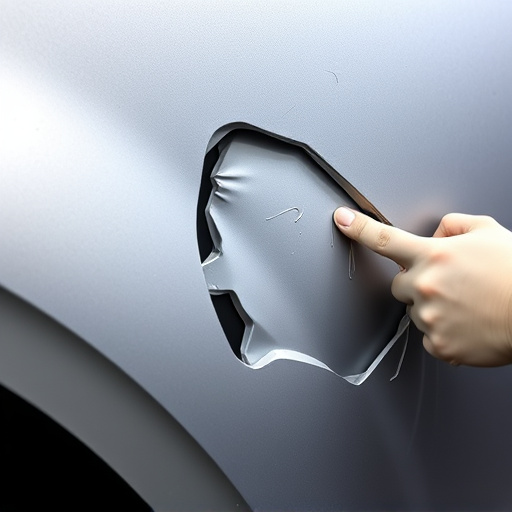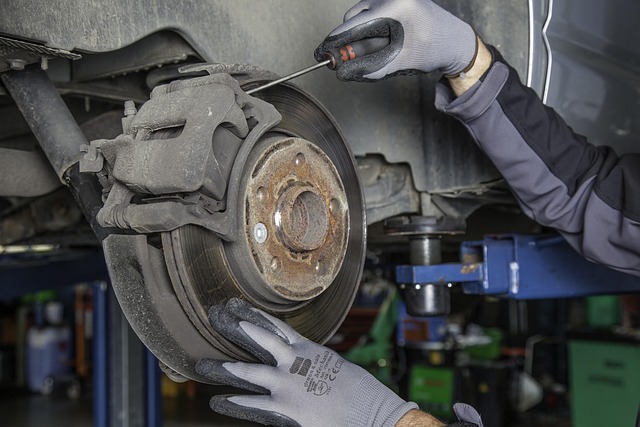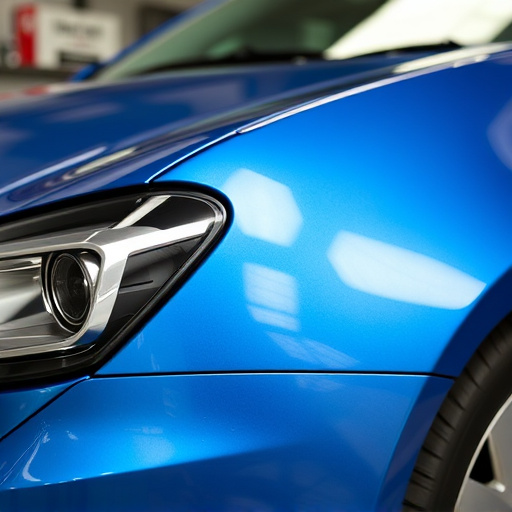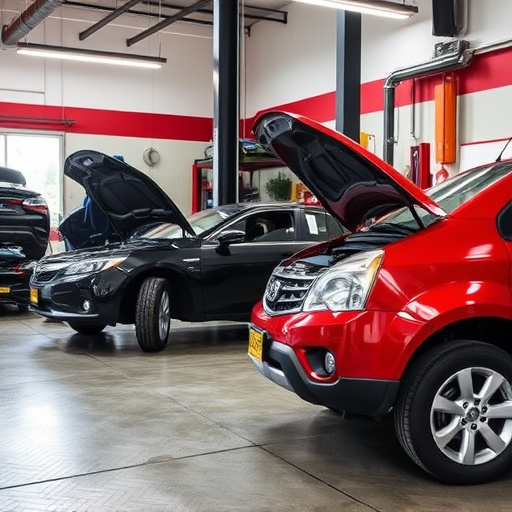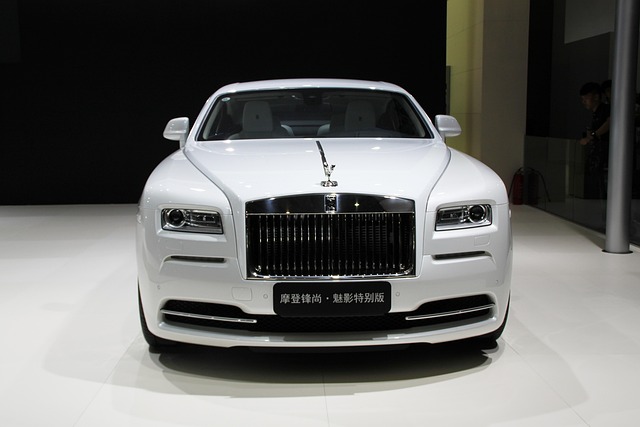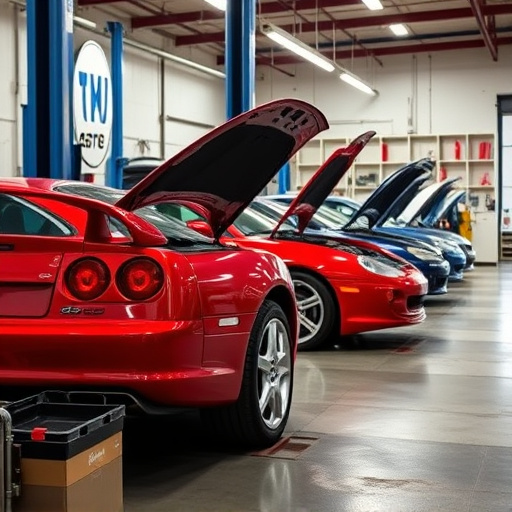The shift to electric vehicles (EVs) is transforming automotive refinishing by demanding advanced techniques for intricate shapes, sensitive electrical systems, and composite materials. This evolution includes faster drying times, water-based paints, specialized tools like precise cutting instruments, and advanced sanders, all to ensure structural integrity and aesthetic appeal while minimizing environmental impact. Body shops adapt classic restoration methods for EVs, focusing on fiber glass repair, color matching using unique codes, and meticulous detail work to meet high standards in a rapidly changing market.
Electric Vehicles (EVs) are transforming the automotive industry, including how we approach car refinishing. As EV adoption grows, traditional refinishing methods must evolve to meet unique challenges. This article explores three key areas: Evolving surface preparation techniques for EVs, advancements in paint technology tailored to electric powertrains, and innovative refinishing techniques designed specifically for zero-emission vehicles. Discover how these developments are reshaping the automotive refinishing landscape.
- Evolving Surface Preparation for EVs
- Paint Technology Adapts to New Energy
- Refinishing Techniques for Zero-Emission Vehicles
Evolving Surface Preparation for EVs
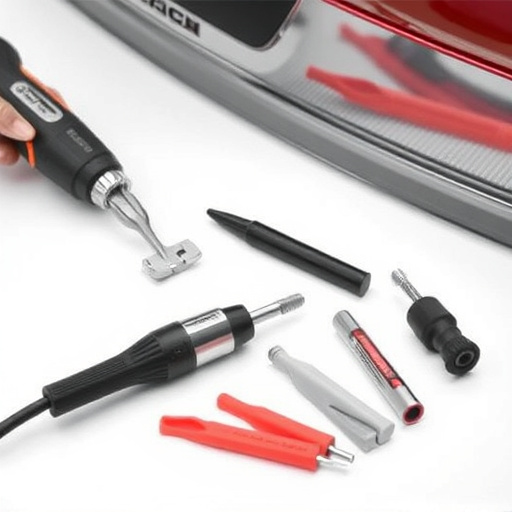
The shift to electric vehicles (EVs) is transforming traditional automotive refinishing processes. With EV bodies often featuring more complex shapes and materials like aluminum and composite plastics, surface preparation has become a crucial and evolving aspect of auto maintenance. Unlike internal combustion engine (ICE) vehicles, EVs require meticulous attention during the refinish process due to their sensitive electrical systems and unique structural composition.
This evolution demands advanced techniques for removing paint, repairing dents, and preparing surfaces for new coatings. For instance, while car dent repair and bumper repair remain essential skills, refinishers are now employing more sophisticated tools and methods. These include precise cutting tools for complex shapes, specialized adhesives for different materials, and advanced sanders for achieving smooth, defect-free finishes. The goal is to ensure not just visual appeal but also structural integrity, safety, and the long-term protection of EV bodies.
Paint Technology Adapts to New Energy
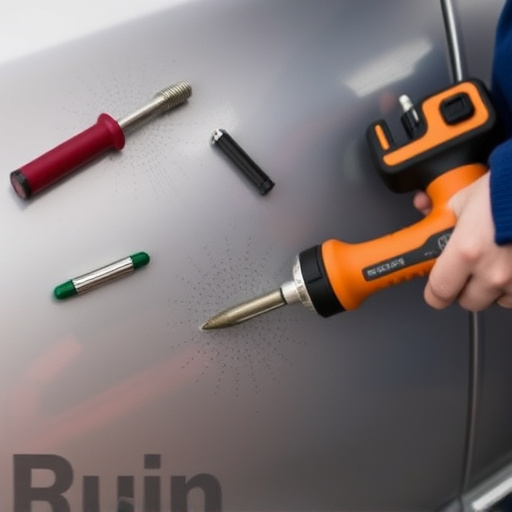
The advent of electric vehicles (EVs) is reshaping the automotive industry, including refinishing processes. Traditional paint technologies designed for internal combustion engine (ICE) vehicles must adapt to meet the unique requirements of EVs. The key difference lies in the absence of toxic solvents and the need for faster drying times due to EV battery packs and other sensitive components. As a result, collision repair centers and car body shops are transitioning to water-based paints and advanced application techniques, ensuring both environmental friendliness and efficiency.
This shift not only aligns with the growing demand for sustainable practices but also enables auto body repairs to streamline their operations. With EVs’ increasing popularity, skilled technicians in these facilities are learning to apply specialized coatings that protect against corrosion while offering high-quality finishes, rivaling those of conventional vehicles. This adaptation ensures that automotive refinishing keeps pace with technological advancements, providing a seamless experience for EV owners seeking top-notch car body shop services.
Refinishing Techniques for Zero-Emission Vehicles

The shift towards zero-emission vehicles is significantly influencing automotive refinishing techniques. With electric vehicles (EVs) lacking traditional exhaust systems and having distinct design elements, auto body shops are adapting their classic car restoration methods to accommodate these new challenges and opportunities. Refinishing an EV involves specialized processes tailored to handle the unique materials and construction of these modern automobiles.
For instance, while a conventional vehicle might require extensive painting to conceal repairs or restore its original appearance, EVs often employ advanced composite materials that can be expertly restored using techniques like fiber glass repair and intricate painting to match the vehicle’s unique color codes accurately. This precision is crucial, as EV owners seek to preserve not just their vehicle’s aesthetics but also its overall efficiency and value in a rapidly evolving market.
Electric vehicles (EVs) are revolutionizing the automotive industry, and this transformation extends to the realm of automotive refinishing. As EV technology advances, so too do surface preparation methods, paint formulations, and refinishing techniques. This evolution ensures that the unique requirements of zero-emission vehicles are met, while also enhancing overall vehicle aesthetics. By adapting to these changes, automotive refinishers are playing a crucial role in the sustainable future of transportation.



